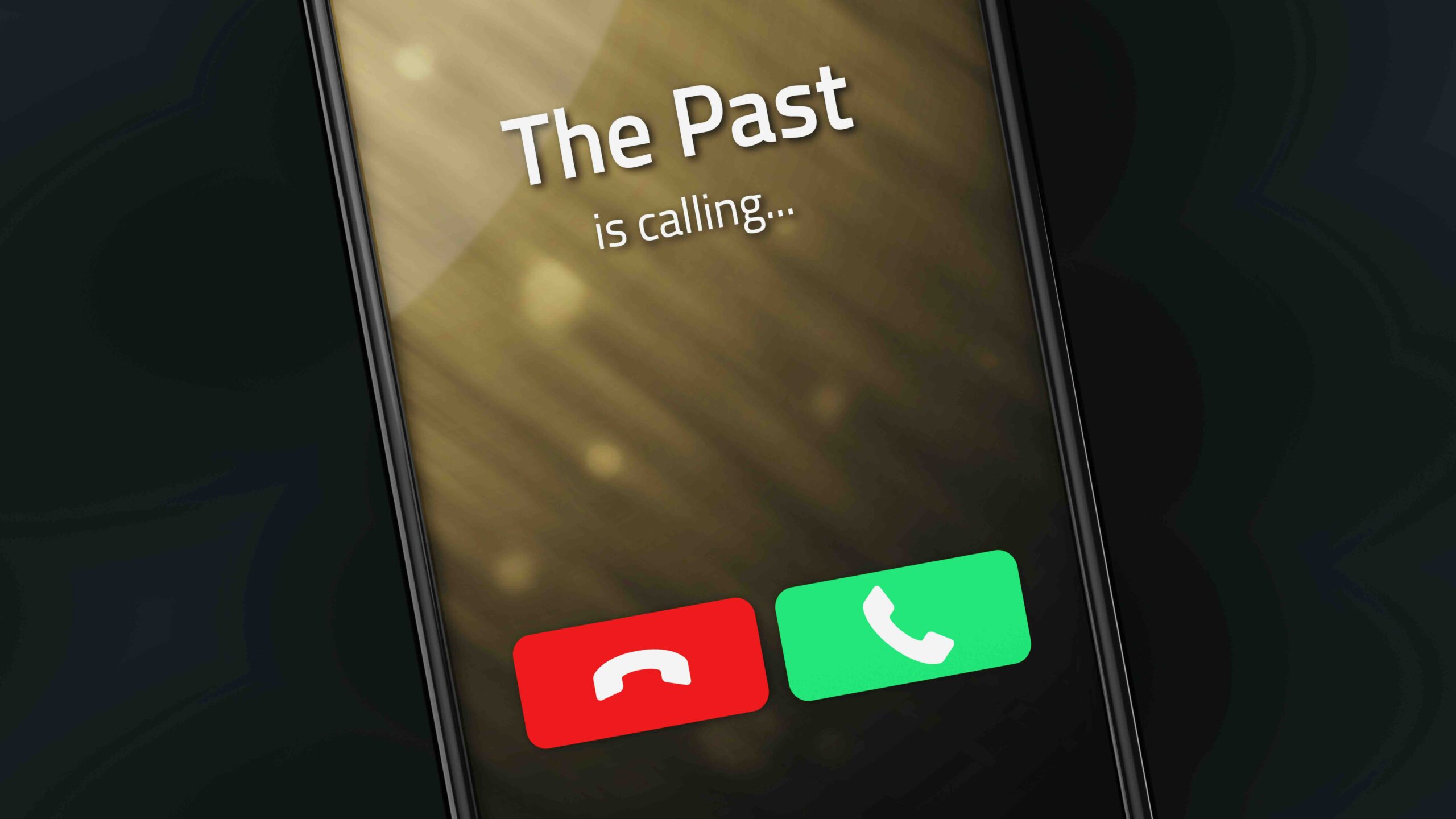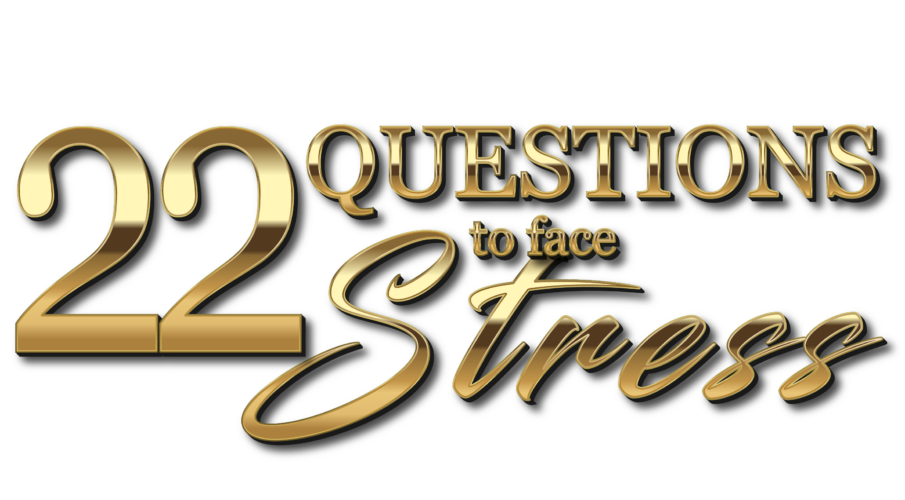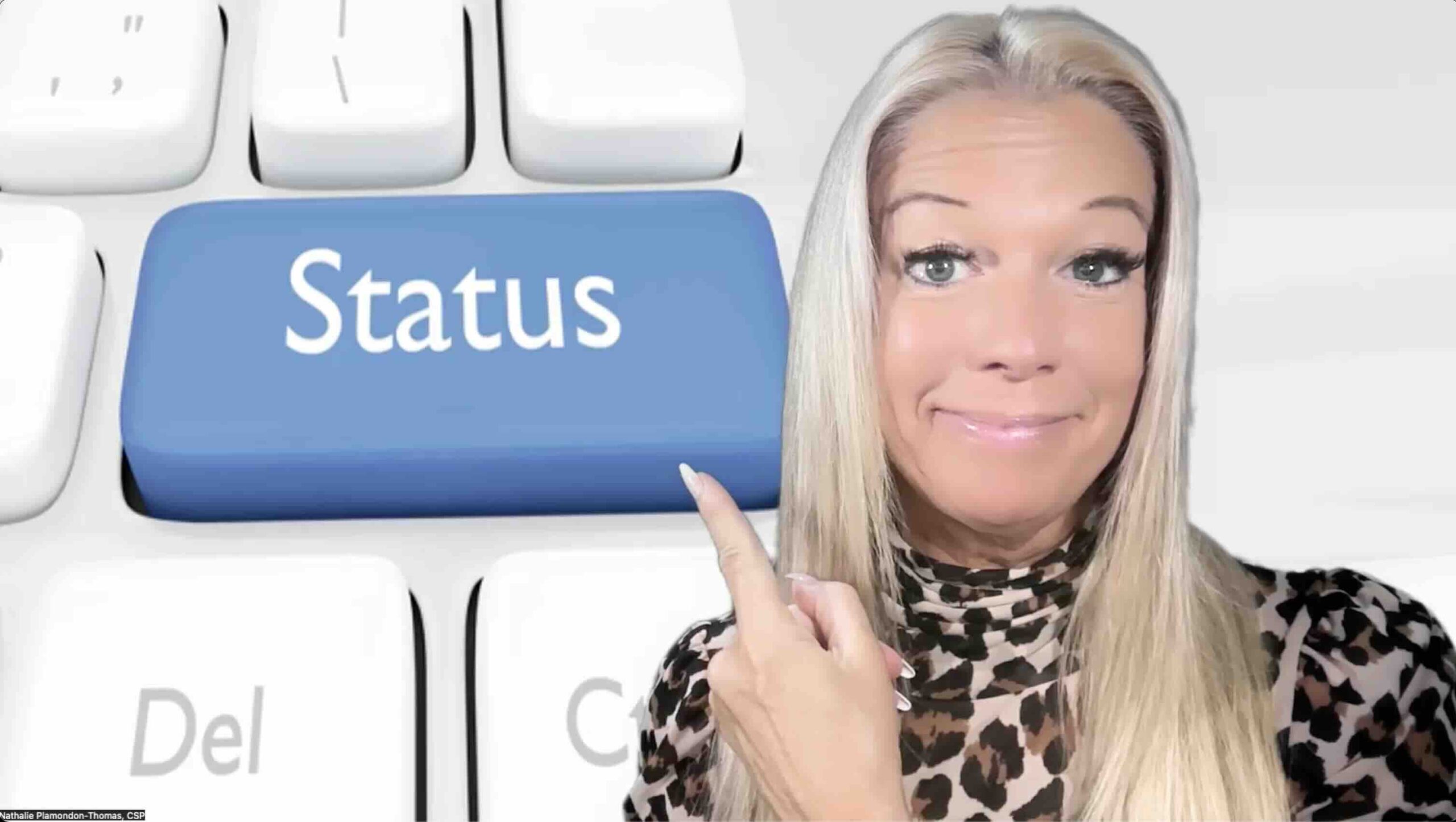What is the most effective way to avoid being triggered? You know, when everything is going well, everyone’s calm, and then suddenly someone says something, and a person loses control—it’s as though a “trigger” has just been pulled. Reason goes out the window. Maybe it’s you feeling like you’re not at your best, but you can’t help it because they hit that nerve, that part of you that was lying dormant. And now, suddenly, you’re someone you don’t want to be.
Or perhaps it’s someone around you, and you feel like you have to tiptoe to avoid “poking the bear.” A small comment could cause them to unleash a side that makes everyone else tense, hoping the “monster” will soon go back to sleep.
So, how do we avoid getting triggered?
Watch the video or keep reading to find out more.
Many band-aid solutions and quick tips exist, and I use these with clients myself—they can be helpful to an extent. Techniques like pausing, deep breathing, or finding a way to get a shot of positive, feel-good chemicals into your bloodstream can work temporarily. Going for a walk, using stress balls, or practicing breathing exercises can certainly help. But these methods are not the most effective way to prevent being triggered.
The most effective way is to remove the button altogether.

The reason you got triggered was not because of what just happened; it was because, somewhere in the past, a “button” was created. You weren’t born needing to react strongly to certain situations—those reactions developed over time.
Each of us lives in our own model of reality, responding to what we’ve stored in our brain. When something happens, our prefrontal cortex (the thinking part of our brain) initially processes it. But if it’s a strong emotional experience—anger, fear, hurt, sadness, or guilt—it gets stored in our limbic brain (the emotional brain) to keep us from being overwhelmed. The unconscious mind steps in, stores the experience with the memory in the limbic brain, and assigns it a meaning, creating a neural pathway. It’s as if our brain says, “When something similar to this happens, this is how we need to feel.”
This stored memory becomes a button that, when pushed, prompts an automatic reaction. So, how do we remove that button?
Identifying the Source of the Trigger
That’s what I work on with my clients: identifying the source of the trigger. We dig into the past to uncover what created it. You can do this too. Start by examining what tends to set you off, your “pet peeve,” the thing that makes you feel out of control. Ask yourself, “What part of my past does this experience call to mind?”

Somehow, this trigger started with an experience that wasn’t fully processed. You haven’t yet absorbed all the positive lessons from that past event. So instead of being a source of learning, the experience became a trigger. But its original purpose was to help you grow, push you forward on your life journey, and teach you something valuable.
To remove the button, you need to assign a new meaning to that memory. You can transform that stored reaction by attributing a positive lesson to the experience. Instead of categorizing it as a moment that led to anger or frustration, recognize it as a moment of growth. “This event helped me learn something essential.”
Rewiring Your Neural Pathway
When you reassign meaning to the original event, the neural pathway that said, “This experience makes me feel terrible, so I should react negatively,” is weakened. Instead, you replace it with a pathway that reflects gratitude or growth. Ask yourself, “What did I learn from this event?” Find a new meaning for it, one that can give you a sense of thankfulness and peace.
When you reshape your response to the event in this way, future memories of similar situations will bring positive emotions, not triggers. This approach allows you to free yourself from old buttons so no one can press them again.

Check out some of my previous blog posts...



